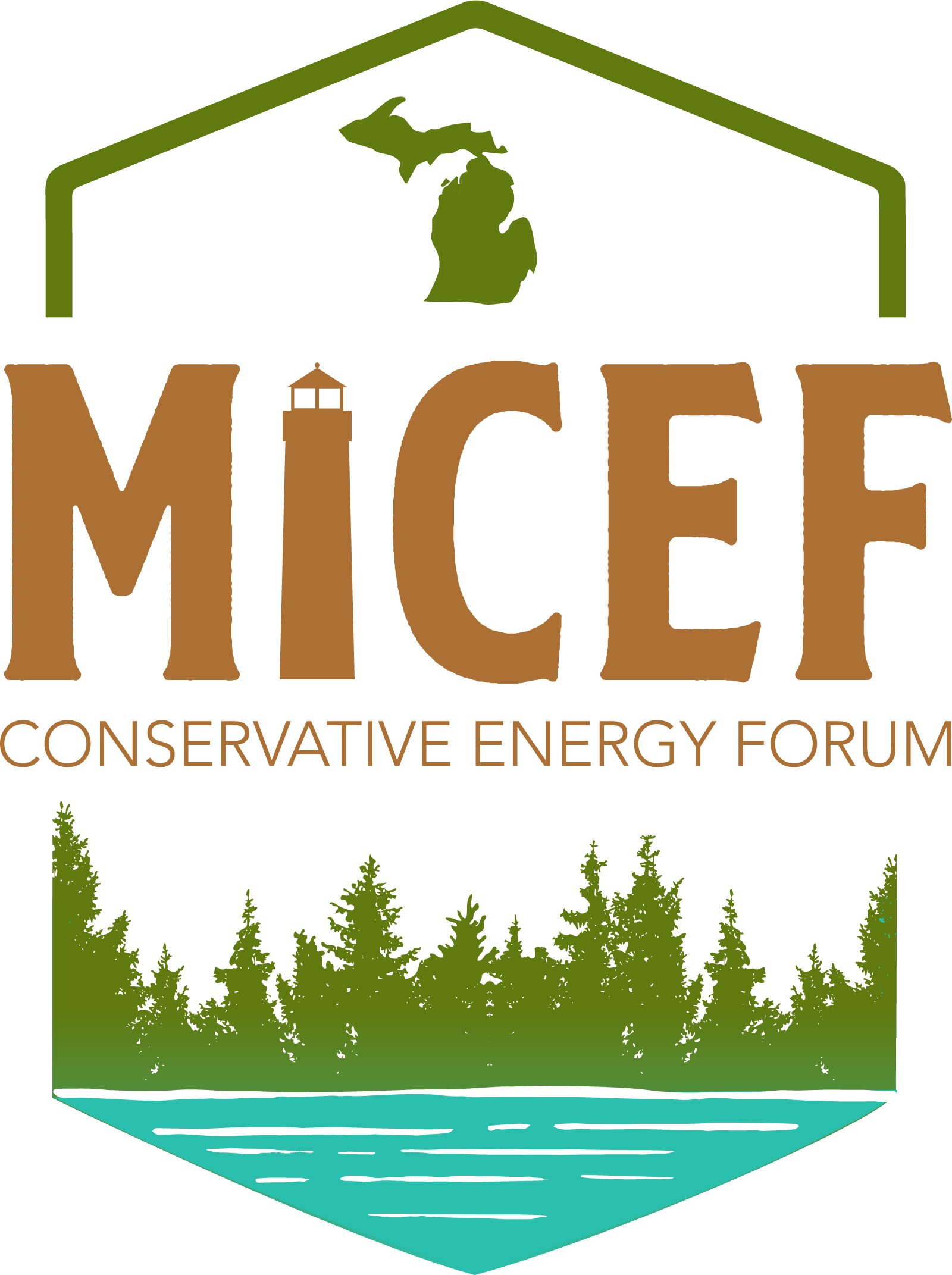New Net Metering Proposal Causes Concern
The Michigan Public Service Commission has issued a proposal for a net energy metering (NEM)/distributed generation (DG) tariff per the requirements of Public Act 341 of 2016. In response to the call for comments, MICEF submitted the below statement regarding the proposal:
The current MPSC staff proposal essentially creates a new rate structure based on an inflow/outflow model, where inflow is being evaluated consistent with a cost of service approach, while outflow is proposed to be calculated under a PURPA-based avoided cost model. Subsection 6a (14) of PA 341 states:
“Within 1 year after the effective date of the amendatory act that added this subsection, the commission shall conduct a study on an appropriate tariff reflecting equitable cost of service for utility revenue requirements for customers who participate in a net metering program or distributed generation program under the clean and renewable energy and energy waste reduction act, 2008 PA 295, MCL 460.1001 to 460.1211.”
MICEF entered the DG workgroup meetings with the expectation that MPSC staff would engage in a very straightforward process. Namely, and per the plain language of the statute, we expected the Commission to 1) conduct a standard cost of service study, 2) determine if NEM customers are being overcompensated for their actual cost of service to the utility by receiving a kWh-for-kWh credit for energy outflow (i.e. if NEM customers are being “subsidized” by non-NEM customers), and if the Commission found that NEM customers are being subsidized for use of the grid, then the Commission would 3) establish an “appropriate tariff”.
We are deeply concerned that, to date, a more complex and incomplete process than what the legislation called for has taken place, with the result being an inadvisable approach: substituting a simple tariff instead with the proposed inflow/outflow model that applies different rates to the two directions of energy flow – retail rates for inflow, PURPA avoided costs for outflow.
MICEF was deeply engaged in education and working with other stakeholders throughout the legislative process that produced the language of subsection 6a (14). The language, the legislative record established during debate on PA 341, and the intent of the Legislature are clear in providing direction to the Commission and staff. The statute does not authorize replacement of NEM/DG with a new, complex rate structure. It states that “the commission shall conduct a study on an appropriate tariff reflecting equitable cost of service for utility revenue requirements…” It is our belief that this mandate has only been half completed.
At the August workgroup meeting, the staff presented calculations on the inflow side demonstrating that residential solar DG customers have a lower cost of service than non-DG customers, approximately 16% lower. If this were the “end all” of the process, the Commission and staff would instead need to recommend, per the statute, that DG customers be assessed a credit rather than a tariff (or perhaps it would be called a “negative tariff”). Despite this finding, the staff recommendation at the December meeting appears to require DG customers to pay full retail rates for inflow, with no mechanism (credit, negative tariff, or otherwise) to capture the positive value DG customers provide to the grid.
But the overriding point remains that the mandated cost of service study has not been completed on the outflow side. By proposing the PURPA-based avoided cost model for outflow as an alternative to a standard cost of service study, the Commission is not fulfilling the statutory requirement. It is safe to say that the Legislature expects a full cost of service study to be completed. Likewise, it is difficult to explain how the clear direction of subsection 6a (14) to recommend a tariff based on an equitable cost of service study comes back to the Legislature as a completely new, bi-furcated rate structure that would eliminate net metering as the body understood it when the law was passed, with no recognizable tariff included.
There is a myriad of concerns about moving to this dual-rate inflow/outflow model that were expressed during the workgroup meetings and in written comments submitted to the Commission by numerous stakeholders. MICEF will not restate them here. These concerns only multiplied with the staff’s proposal at the December meeting to use the PURPA rate as the foundation for outflow compensation. PURPA producers and residential DG customers are so structurally different and regulated under substantially distinct sections of laws, rules, and regulations, that equating them for rate purposes is difficult to justify. Based on comments, data, and analysis provided to the Commission over these many months, the result of using PURPA rates will undoubtedly be the inequitable treatment of DG customers. Our view is that the PURPA route should be abandoned.
Despite the nature of these comments, MICEF remains confident that the Commission can readily address these concerns by focusing its immediate efforts on completing the “other half” of the cost of service study as it relates to outflow. The outcome of that study will provide the information and clarity needed for the Commission to fulfill its obligation under PA 341. An incredible amount of good work has been done through the workgroup process. Completing the cost of service study will allow that work to be brought to its best result.
This blog post was taken from official public comments submitted by Ed Rivet and Larry Ward on behalf of MCEF on January 10, 2018.
